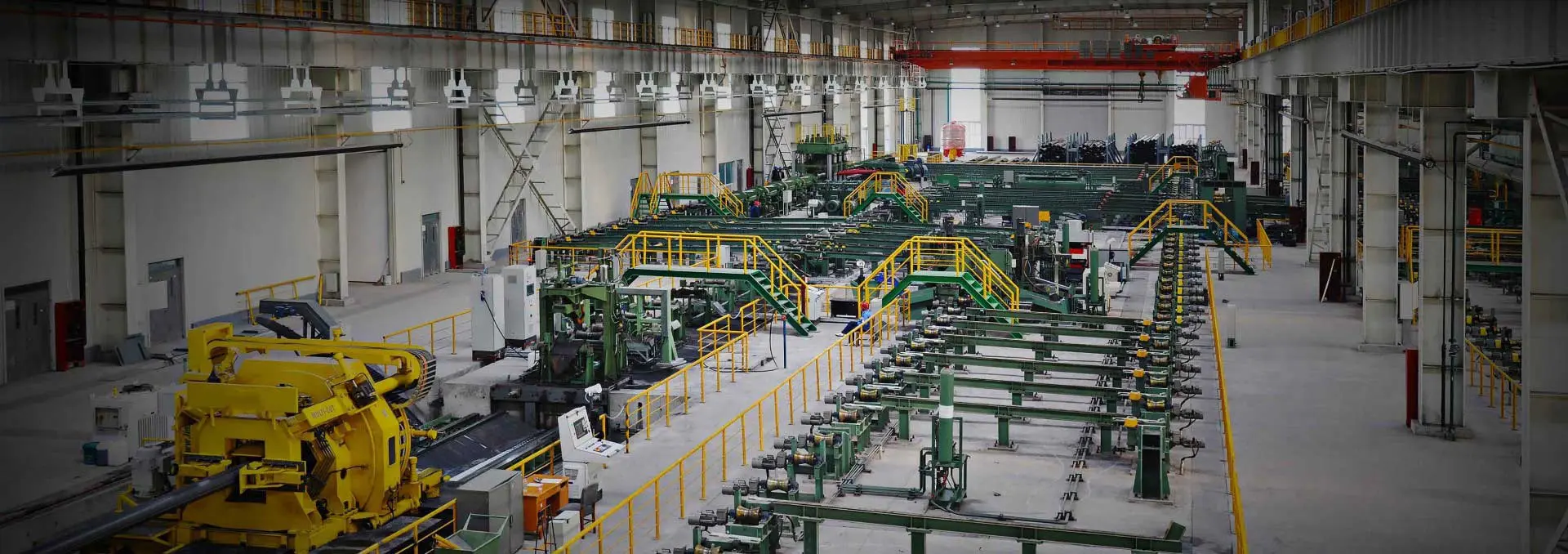The production of casing and tubing cores is a complex process that demands precision and innovation to achieve excellent mechanical properties and corrosion resistance, vital for their performance in challenging environments. This document delves into the advanced technologies and methodologies employed in manufacturing high-quality casing and tubing cores, focusing on the pivotal roles of chemical composition, processing techniques, heat treatment, welding methods, and cutting-edge manufacturing innovations.
Chemical Composition
To endure extreme environmental conditions, coiled tubing must possess superior mechanical properties and corrosion resistance. This requires the meticulous optimization of the material's chemical composition and strict control over the smelting and rolling processes to minimize inclusions and harmful elements such as sulfur (S) and phosphorus (P).
Processing
The strength and hardening of the tubular body are affected by dislocation multiplication and the Bauschinger effect. Effective management of these factors is crucial to control the transformation behavior of the tubular body's strength.
Heat Treatment
Achieving the optimal microstructure and properties—particularly high strength, high ductility, and low residual stress—is possible through precise heat treatment of the tubes.
Welding Technology
High-Frequency Welding (HFW) is predominantly used for low carbon and low alloy steels. Research is dedicated to identifying the optimal welding parameters (including current, voltage, frequency, welding speed, forming angle, and pressing amount) and developing effective post-weld heat treatment techniques.
Butt Welding
The continuous production of HFW pipes necessitates the joining of long sheets. Current techniques mainly utilize Tungsten Inert Gas (TIG), Metal Active Gas (MAG), and plasma welding. Friction Stir Welding (FSW) is being investigated as a promising alternative.
Pipe Butt Welding
During the usage of coiled tubing, local damage or defects may require the removal and subsequent welding of pipe sections. Traditional manual TIG welding can be challenging to control for quality, leading to the adoption of advanced automatic welding technologies.
Innovative Manufacturing Technologies
Continuous Variable Rolling (CVR) technology uses continuous pipes of the same size, heated to 940°C through online medium frequency induction. This approach aims to optimize seamless or HFW welds and allows for adjustable wall thickness. Additionally, continuous laser welding technology is being developed for specialized stainless steel tubes.
By integrating these advanced techniques, the industry aims to produce casing and tubing cores that meet the rigorous demands of modern applications, ensuring reliability and durability in the most challenging conditions.

 English
English Español
Español




 Tel : +86-18565811709
Tel : +86-18565811709 Email :
Email : 
 News
News




